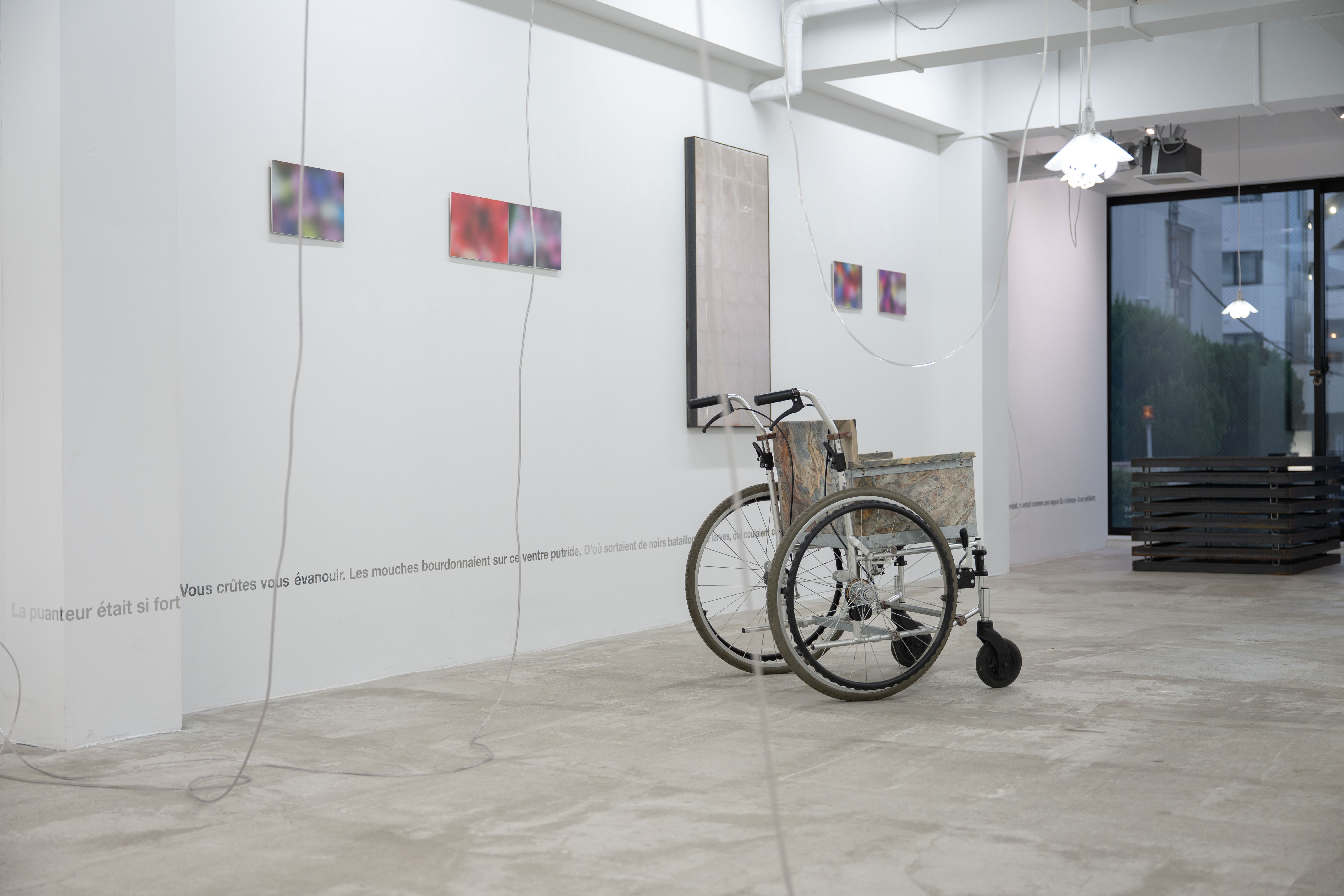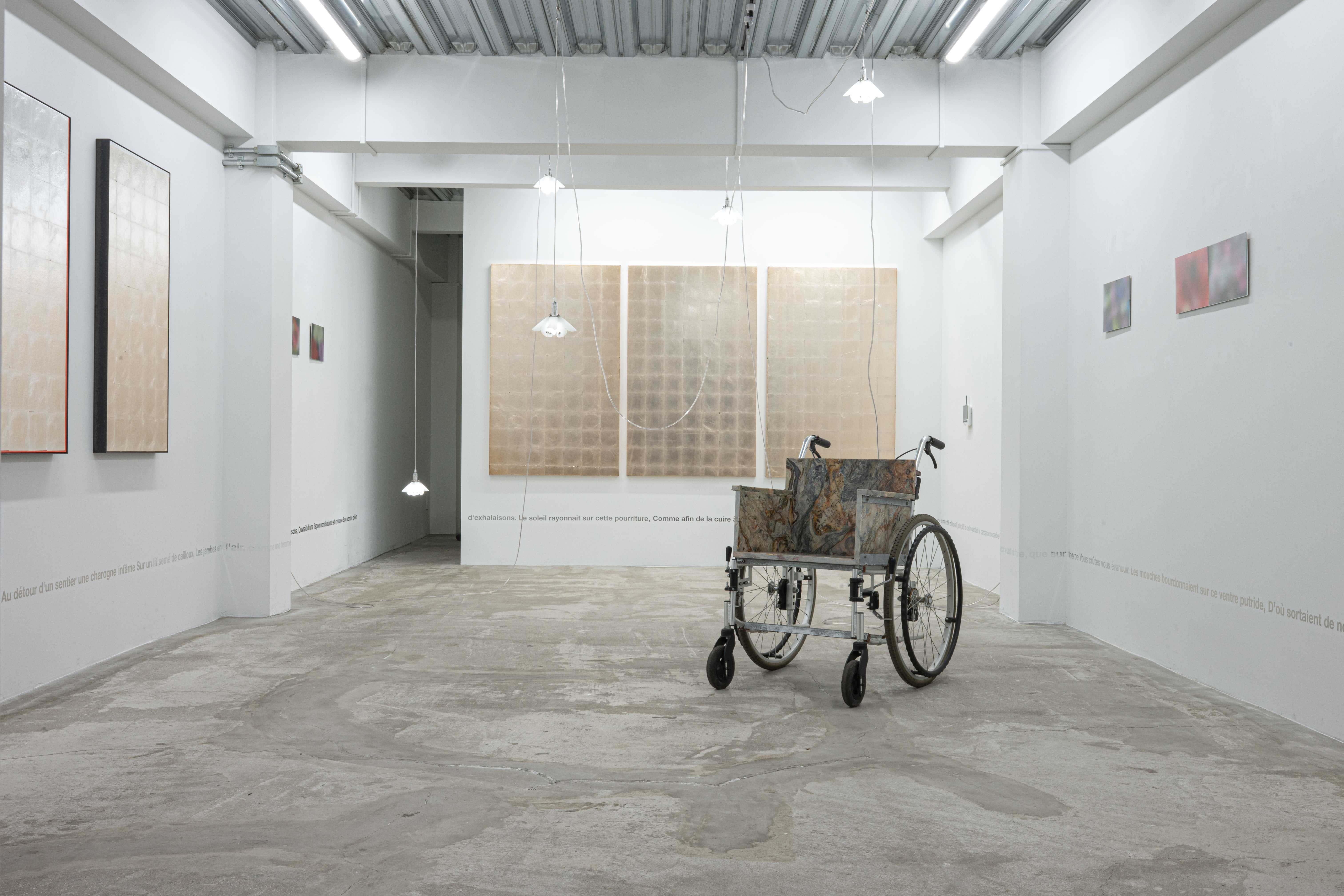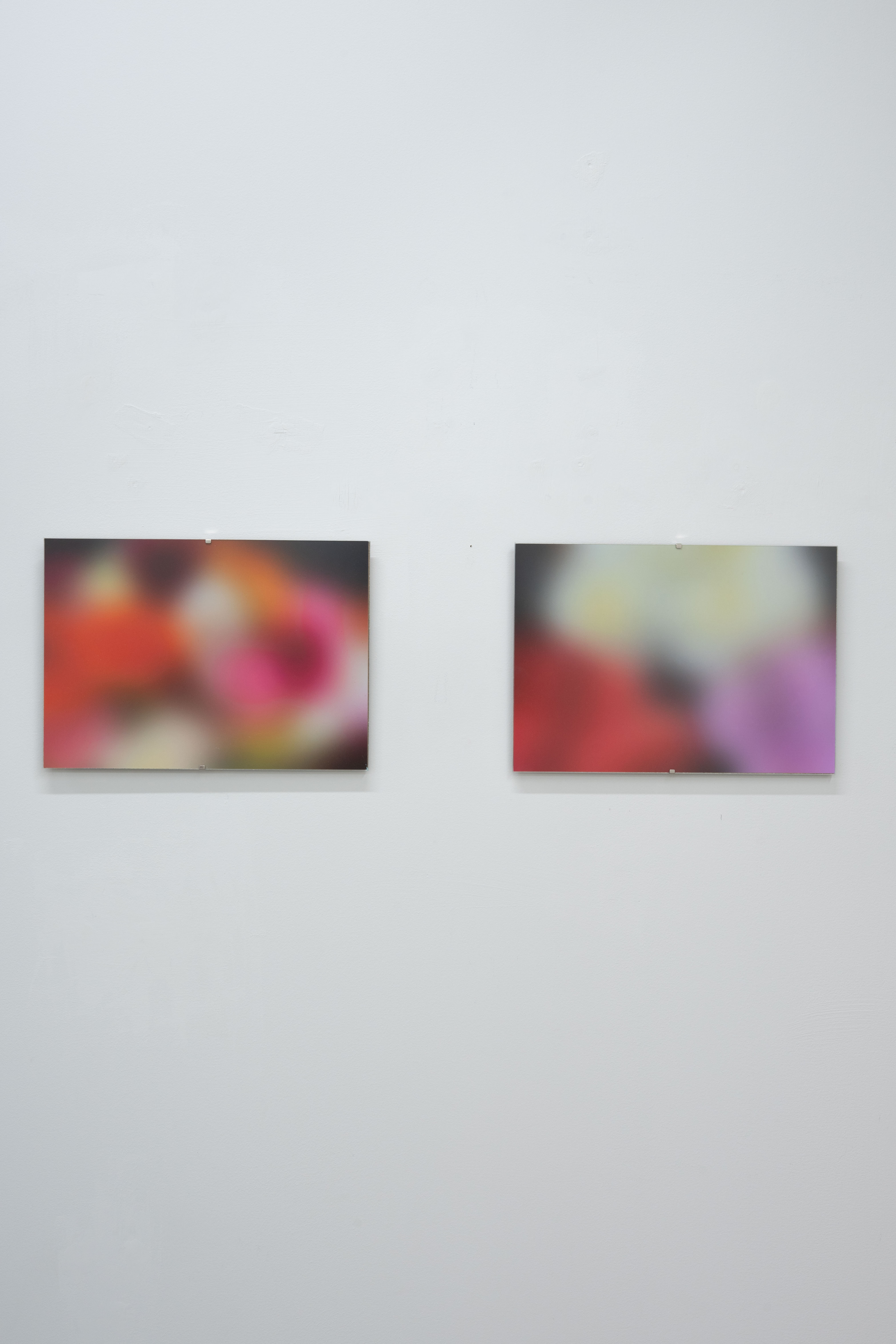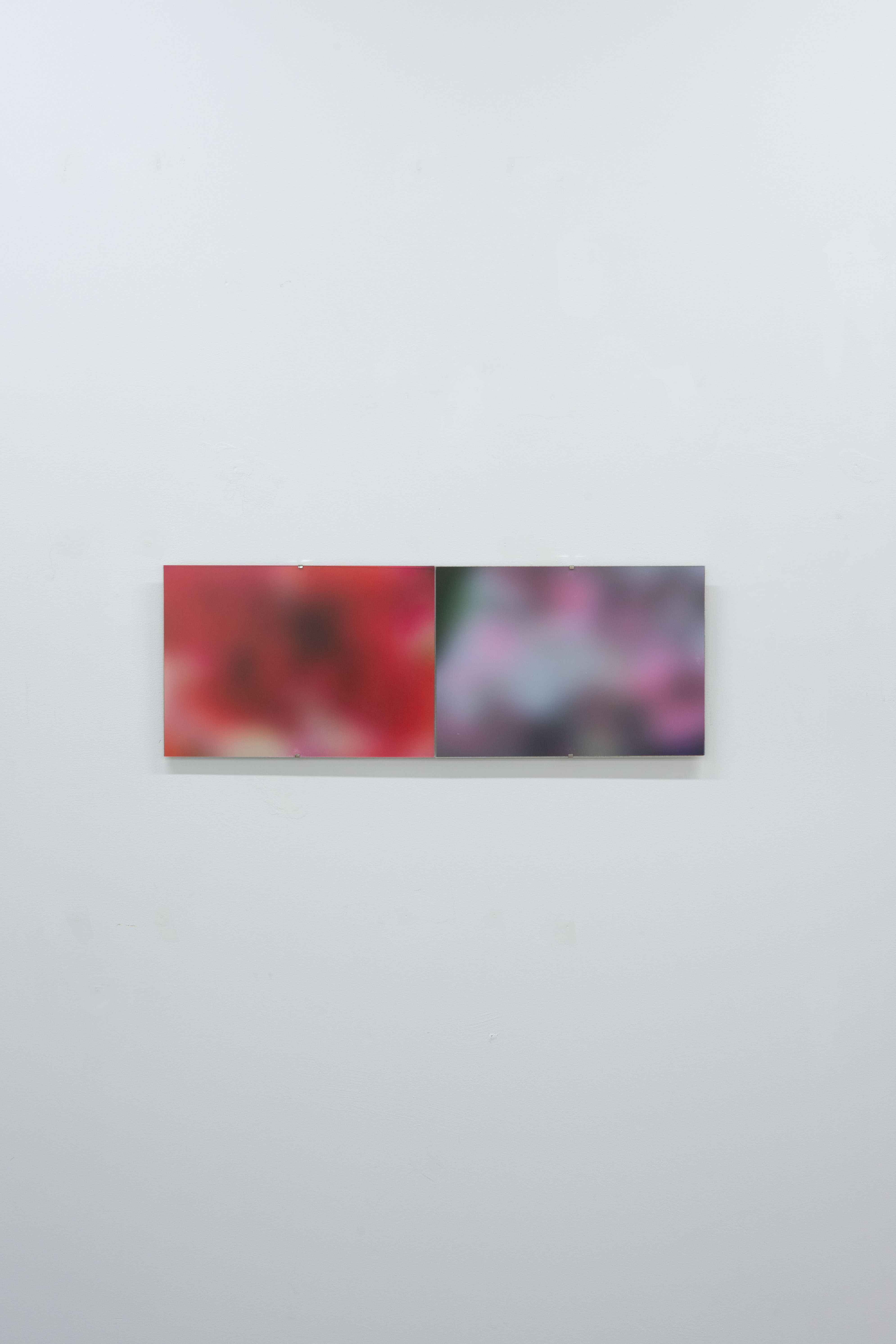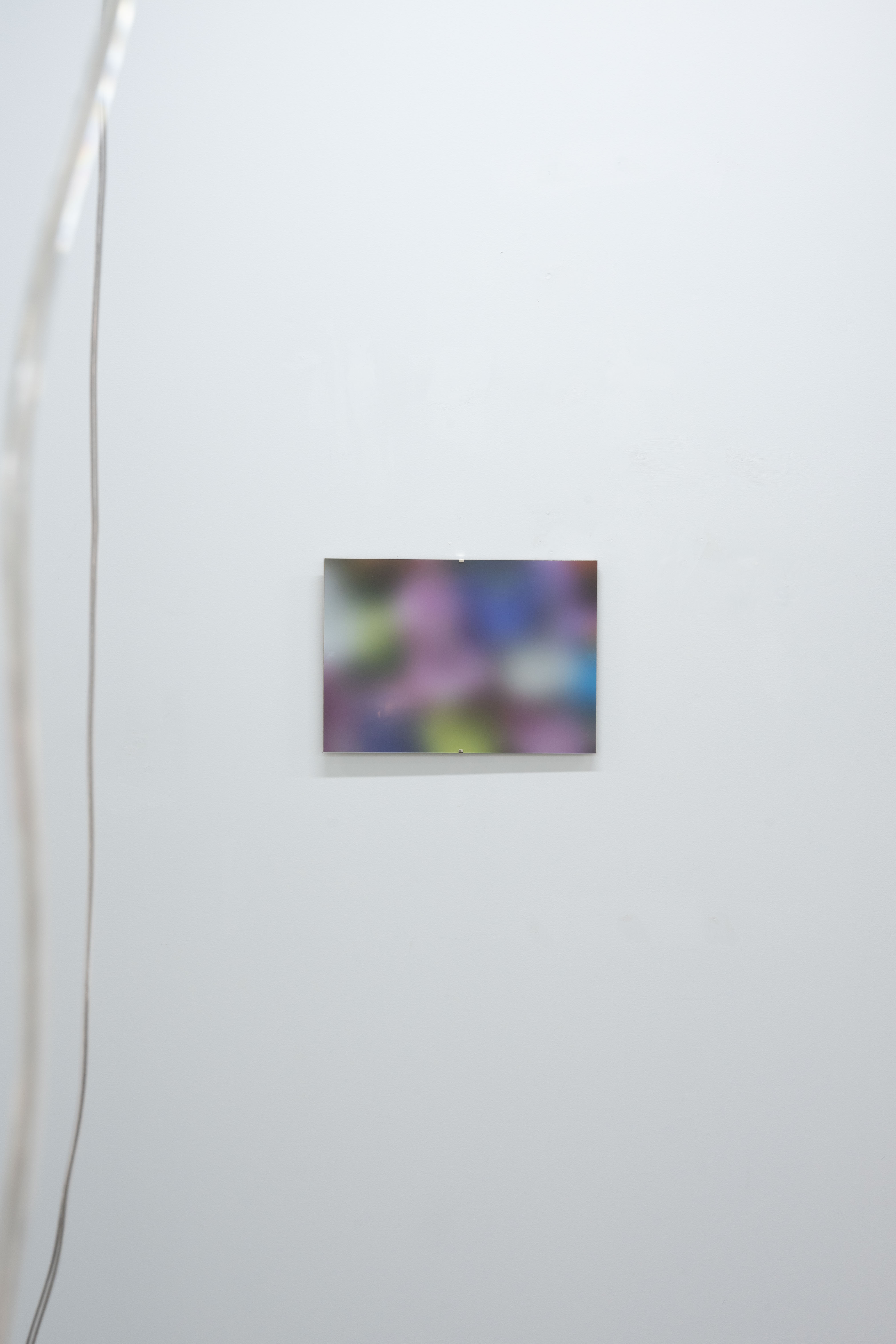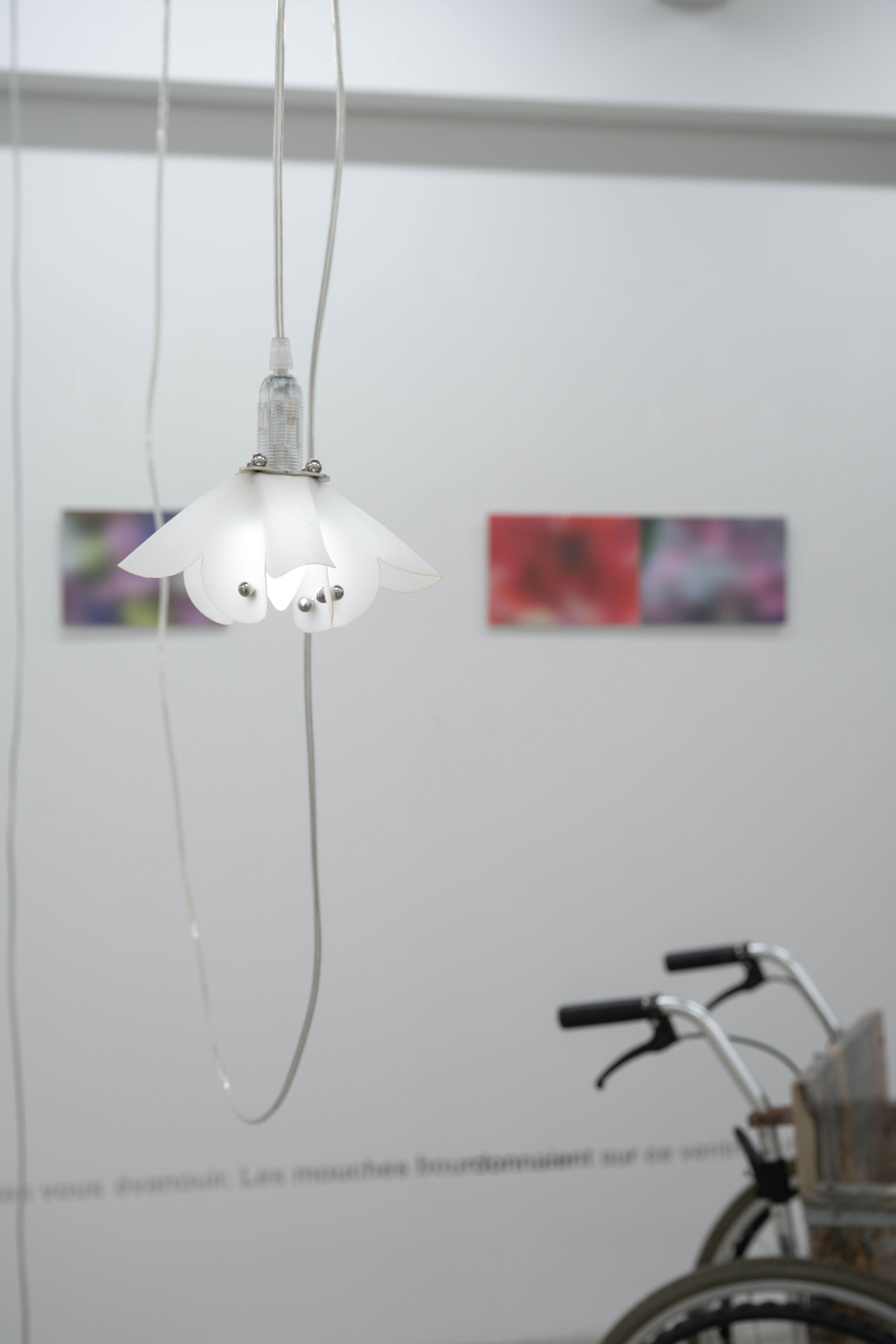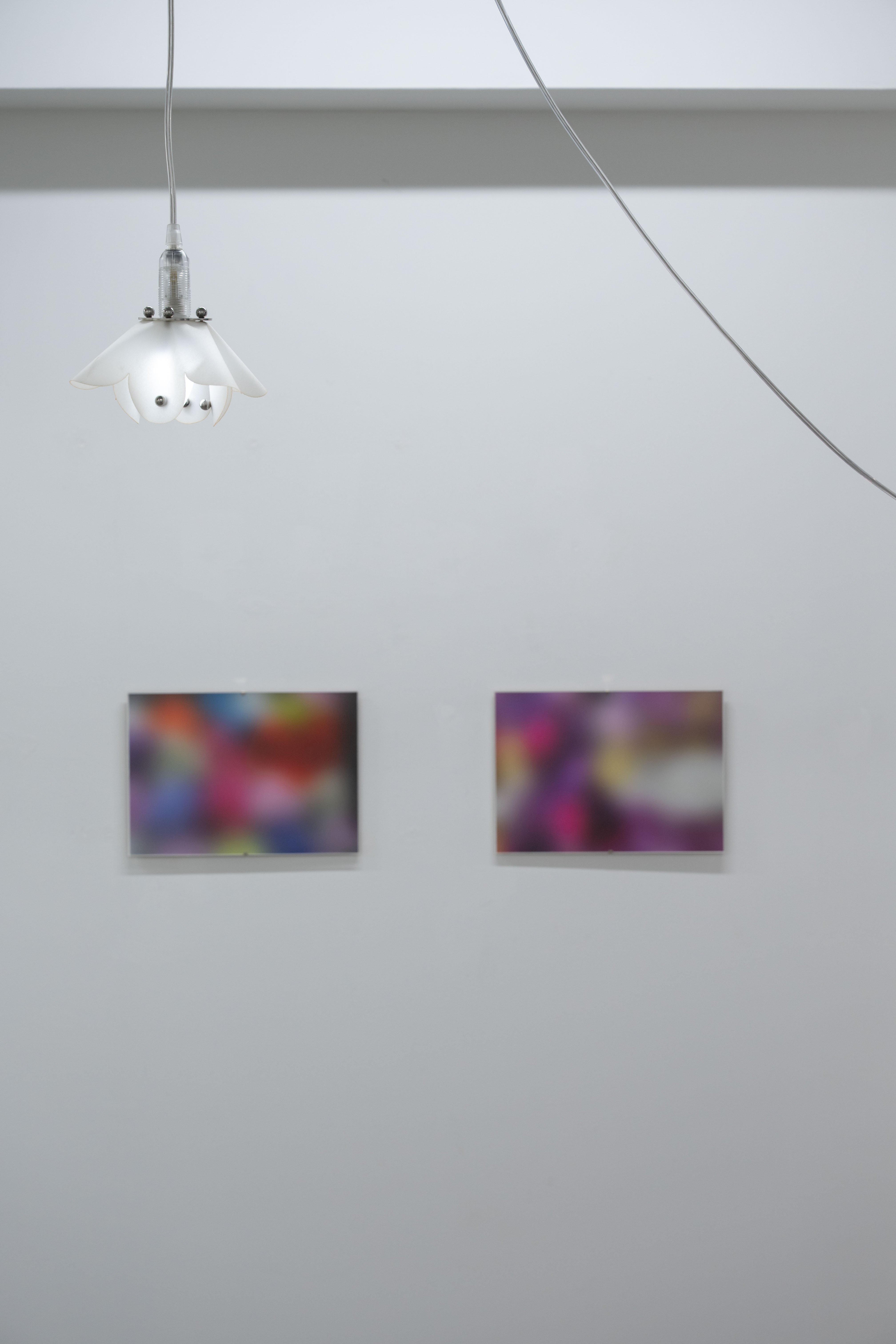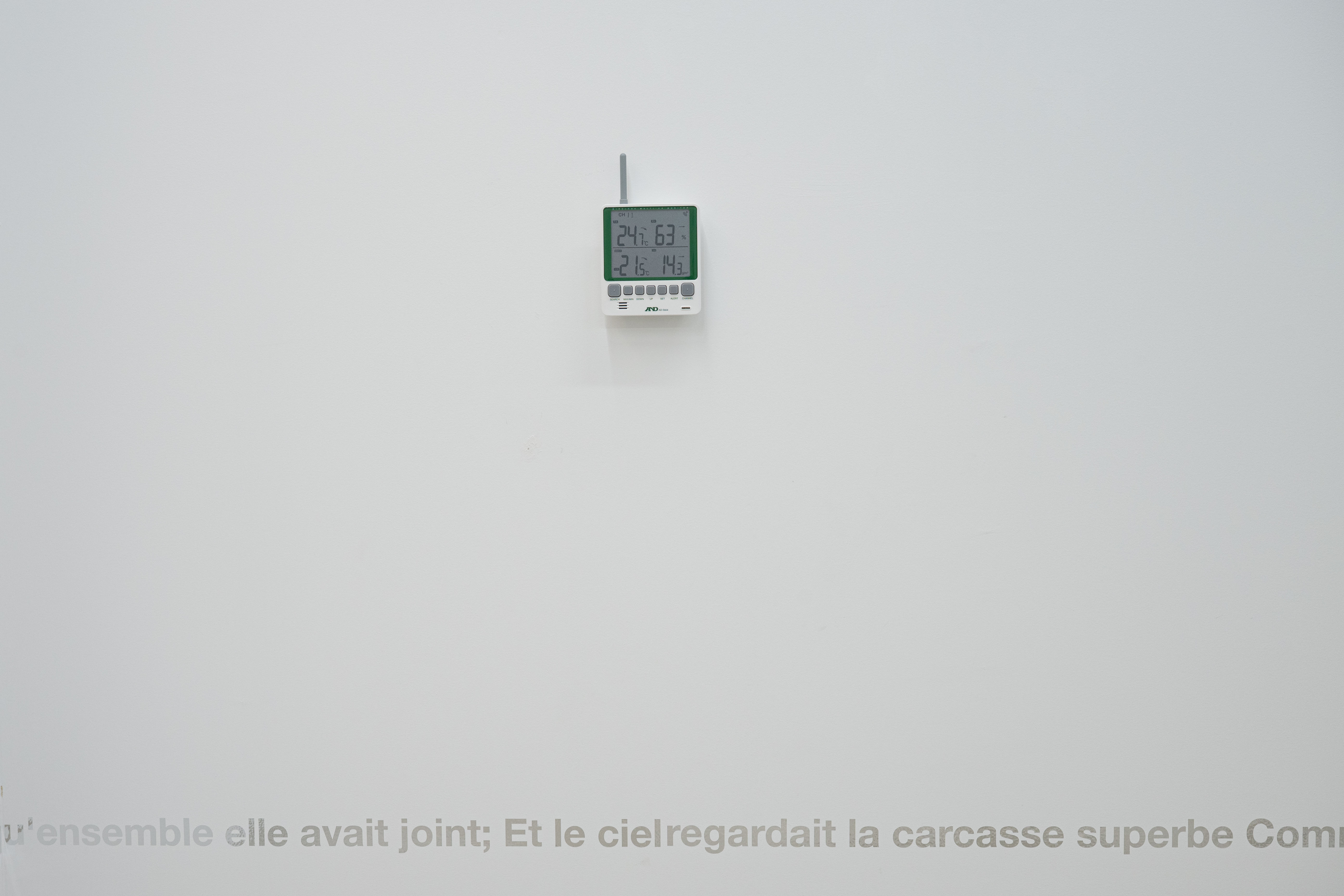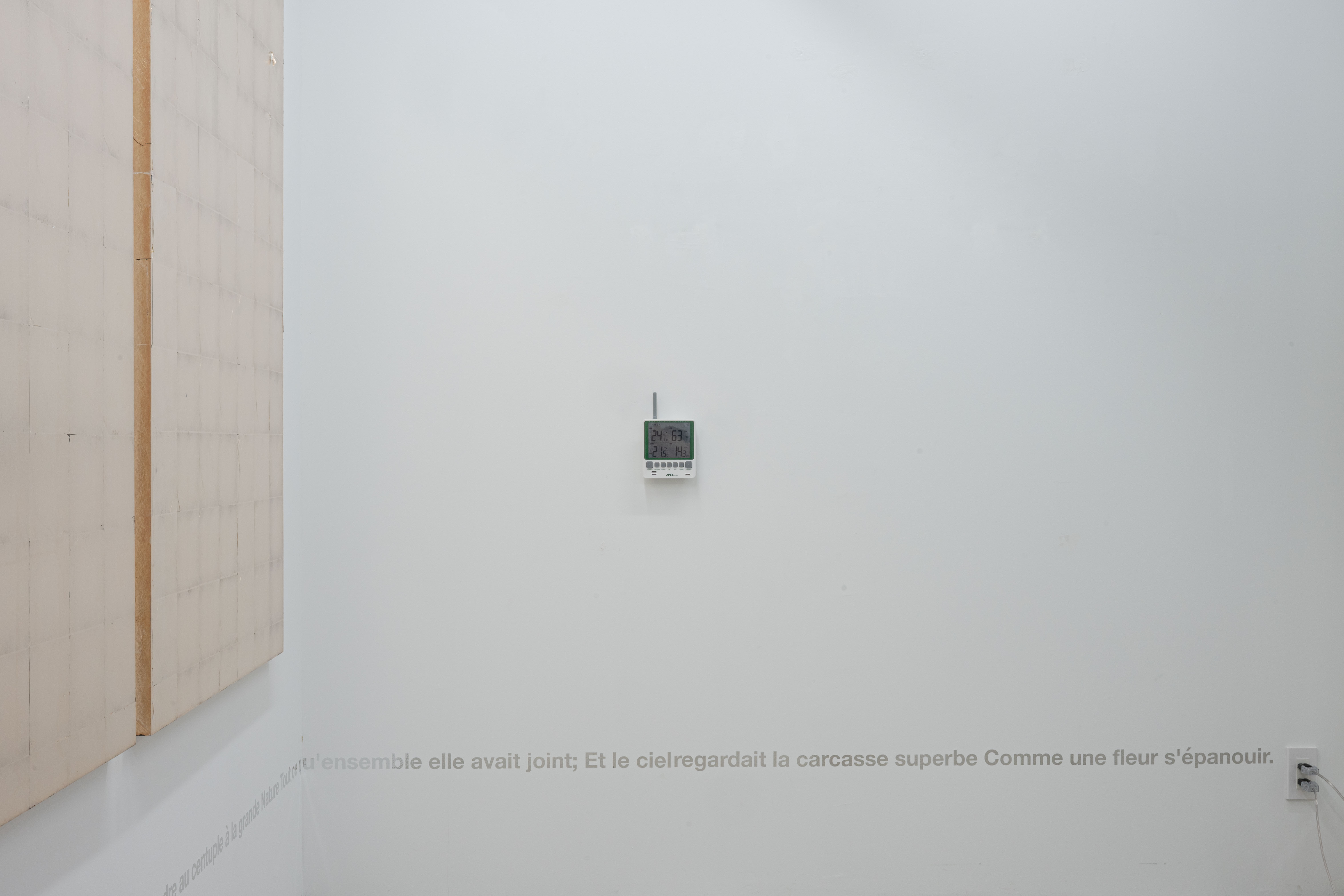Solo exhibition, Pachinko - Oslo, Norway - March 2026
Group show, HOBO International, Basel, Switzerland - June 2026
Solo exhibitions
The Danish Institute in Rome
Milieu
Impressionisms
Ètudes De Paysage
Domaine d’Ètude
Bigag & The Bando
Drafts of Ecology: Dear Landscape,
Drafts of Ecology/Thought & Memory: Interior & Exterior
Drafts of Ecology: SIRENIA
Drafts of Ecology/Psyche Interior
BFA Degree Show
Dream Structures
Drafts of Ecology/Beastial Fantasy
CRITS
Roaming Away On
The Pillars Of Consensus
The Danish Institute in Rome
Milieu
Impressionisms
Ètudes De Paysage
Domaine d’Ètude
Bigag & The Bando
Drafts of Ecology: Dear Landscape,
Drafts of Ecology/Thought & Memory: Interior & Exterior
Drafts of Ecology: SIRENIA
Drafts of Ecology/Psyche Interior
BFA Degree Show
Dream Structures
Drafts of Ecology/Beastial Fantasy
CRITS
Roaming Away On
The Pillars Of Consensus
Selected group exhibitions
Formula 1
Swab Art Fair
Hectare Gallery
ECK Museum of Art
Land & History
Spiritual World
Mælkeveje
The Cave and the Cloud
MFA Graduation Show
A Little Bit of Solidarity
Goes a Long Way
Radical Technology
Basecamp
Sweet To Tongue — Sound To Eye
Christmas Salon
Make Friend Not Art
Formula 1
Swab Art Fair
Hectare Gallery
ECK Museum of Art
Land & History
Spiritual World
Mælkeveje
The Cave and the Cloud
MFA Graduation Show
A Little Bit of Solidarity
Goes a Long Way
Radical Technology
Basecamp
Sweet To Tongue — Sound To Eye
Christmas Salon
Make Friend Not Art
27.09, 13:00–01.11.2025
Woonhuis, Amsterdam, Netherlands
Group show with Theodor Nymark & Frej Volander, Maia Liu, Luca Mosbech Fedele and Farhad Farzali.
Curated by Aiganym Mukhamejan, Iiris Riihimäki, Oscar Morel, Tobias Grann, Tosca Monteyne and Yingfei Lyu.
Things look different at high speed. This morning, I read an article stating that today will be the shortest day ever measured. The earth, it turns out, is rotating faster than it should be. Things are spinning out of control –but then, of course, ‘things’ were never really ‘in control’ to begin with. Are we approaching a tipping point? Will we feel it the moment our organs are rearranging, or will we simply find ourselves wondering, one morning, at what point did we start needing our coffee to taste like antifreeze? Will we tell ourselves that maybe it’s just the roast? Will we, here, is will I, is will you. Same, same, but different, like the slipping of the afternoon sun into evening, calm –a full circle that doesn’t come full circle, but starts to spiral instead.
For Formula 1, the participants of De Ateliers have invited five artists to collaborate on an evolving group show. The exhibition is composed in two acts, with an interlude separating the two. In a week of public programming, Woonhuis will undergo various shifts and transitions as the artists are invited to revisit their work, or the exhibition as a whole. Visitors, too, are welcome to revisit and stick around during the interlude –to witness or take part as the artists add, erase, alter, hijack, soil and polish.
https://woonhuis.de-ateliers.nl/programme/formula-1

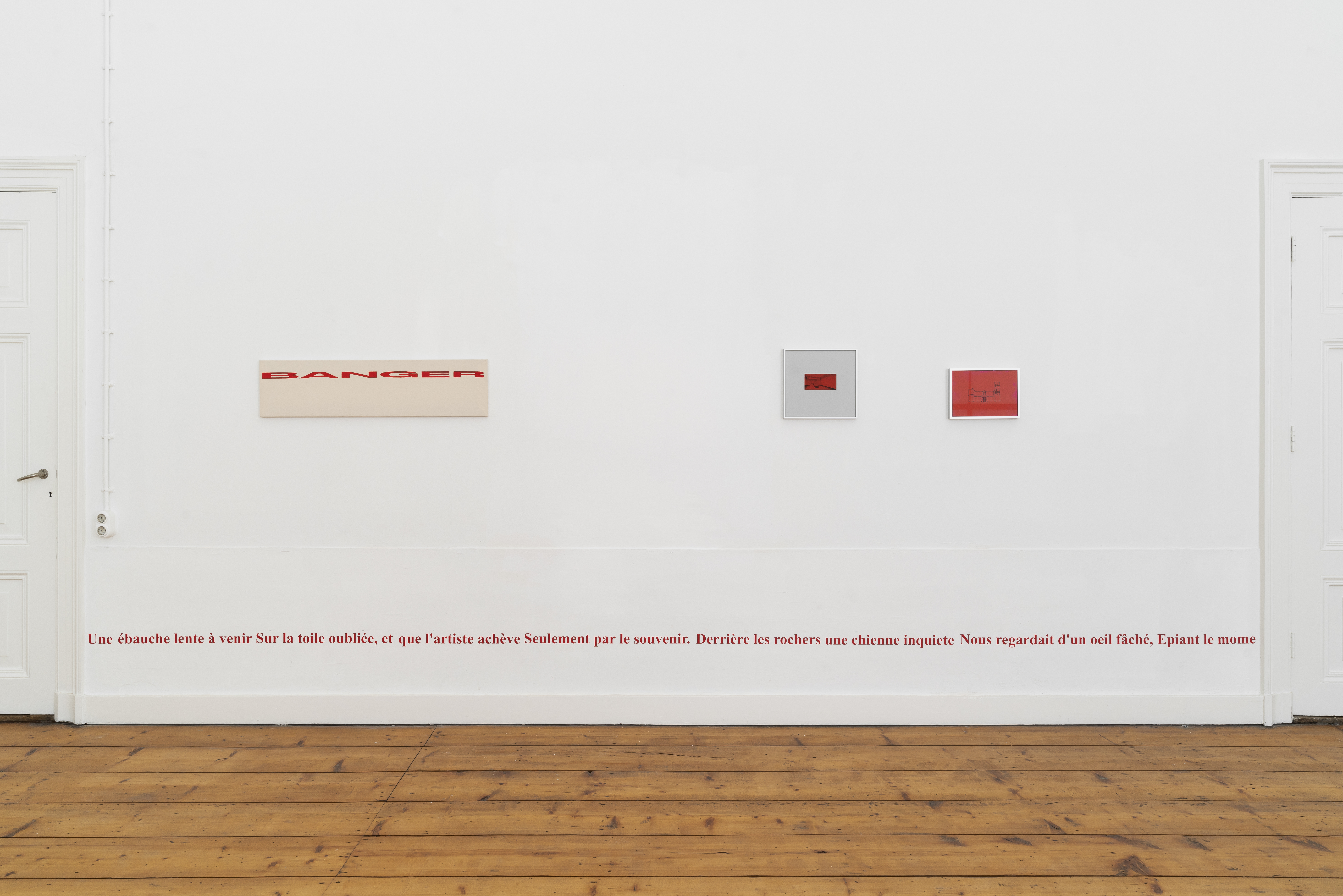





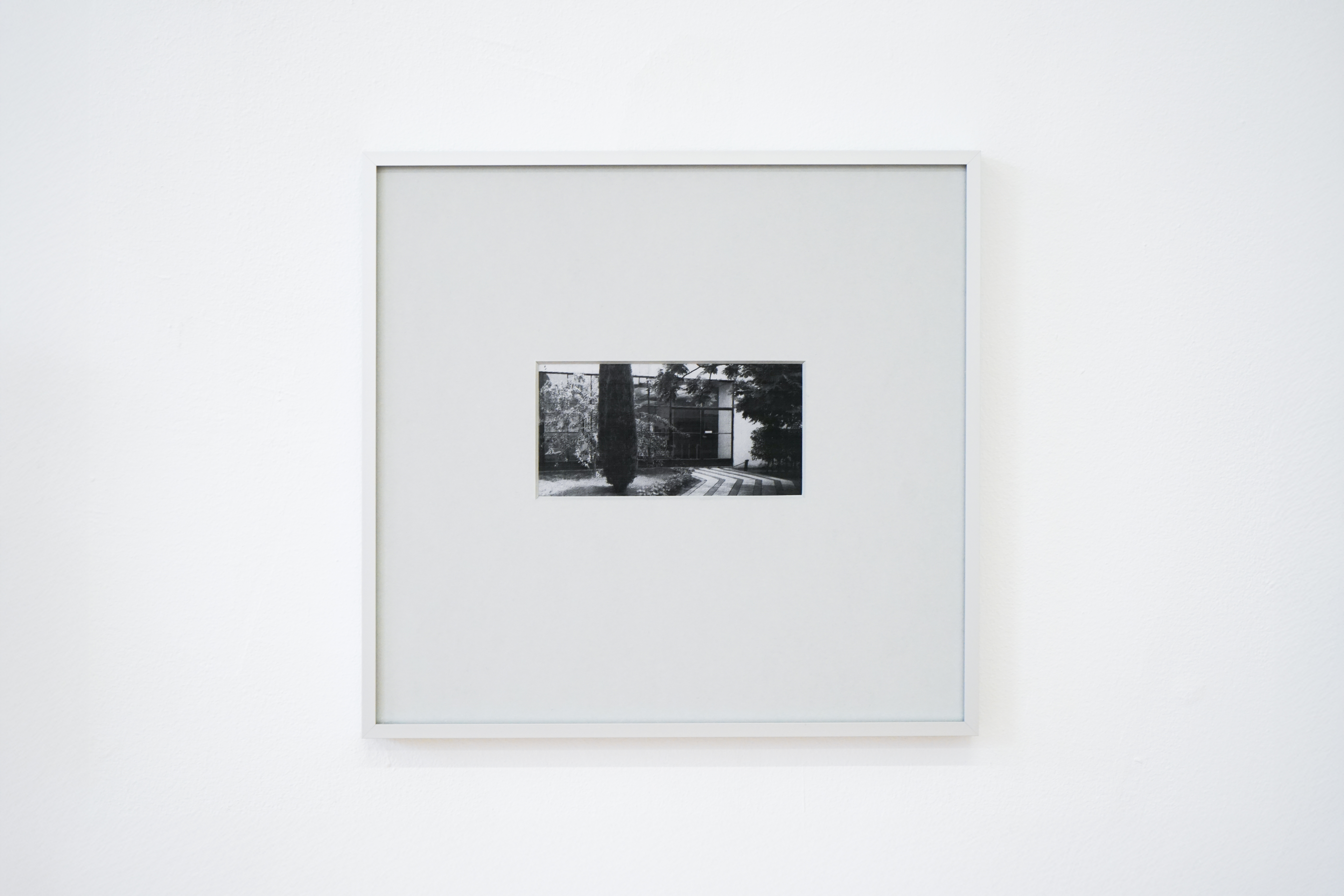





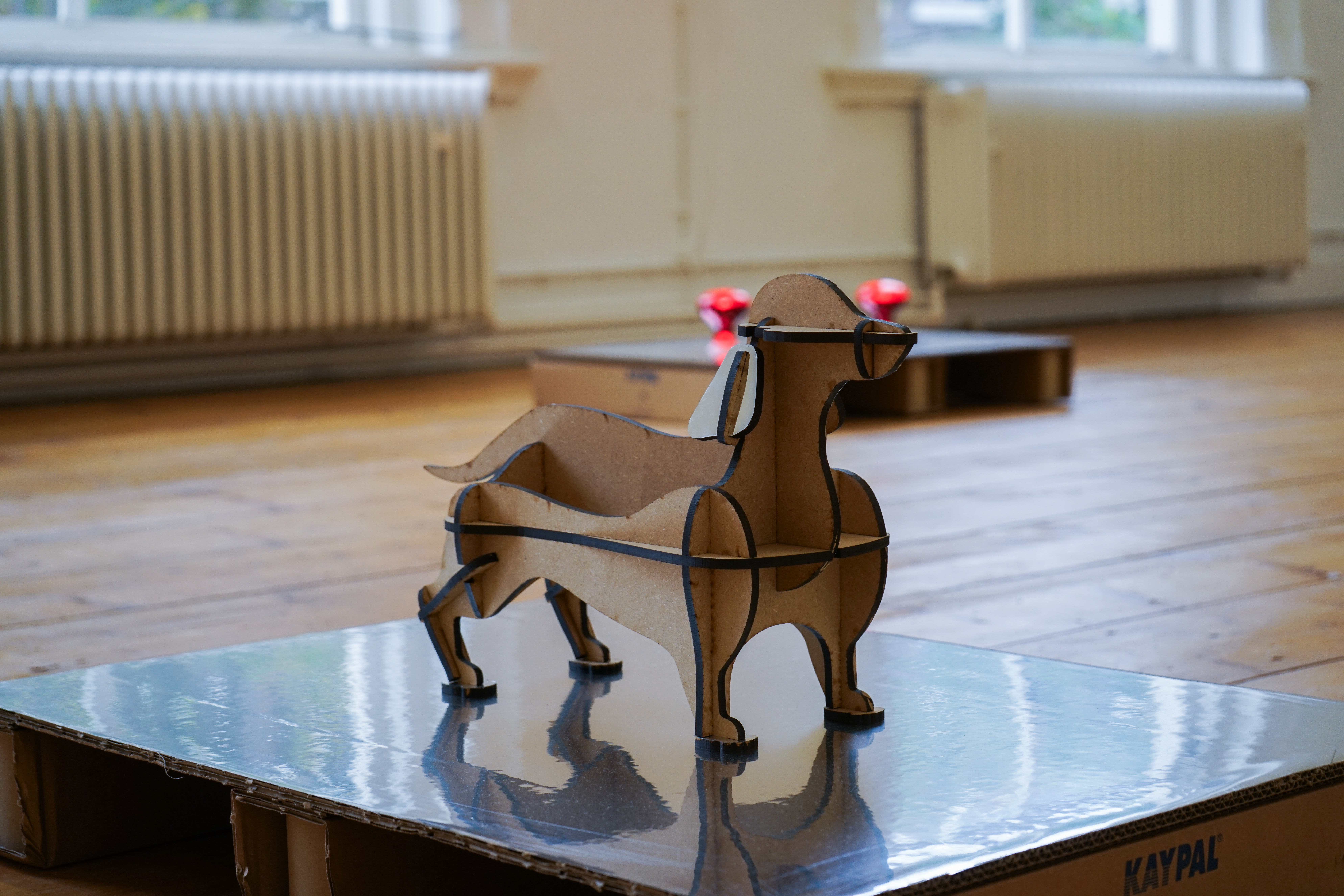

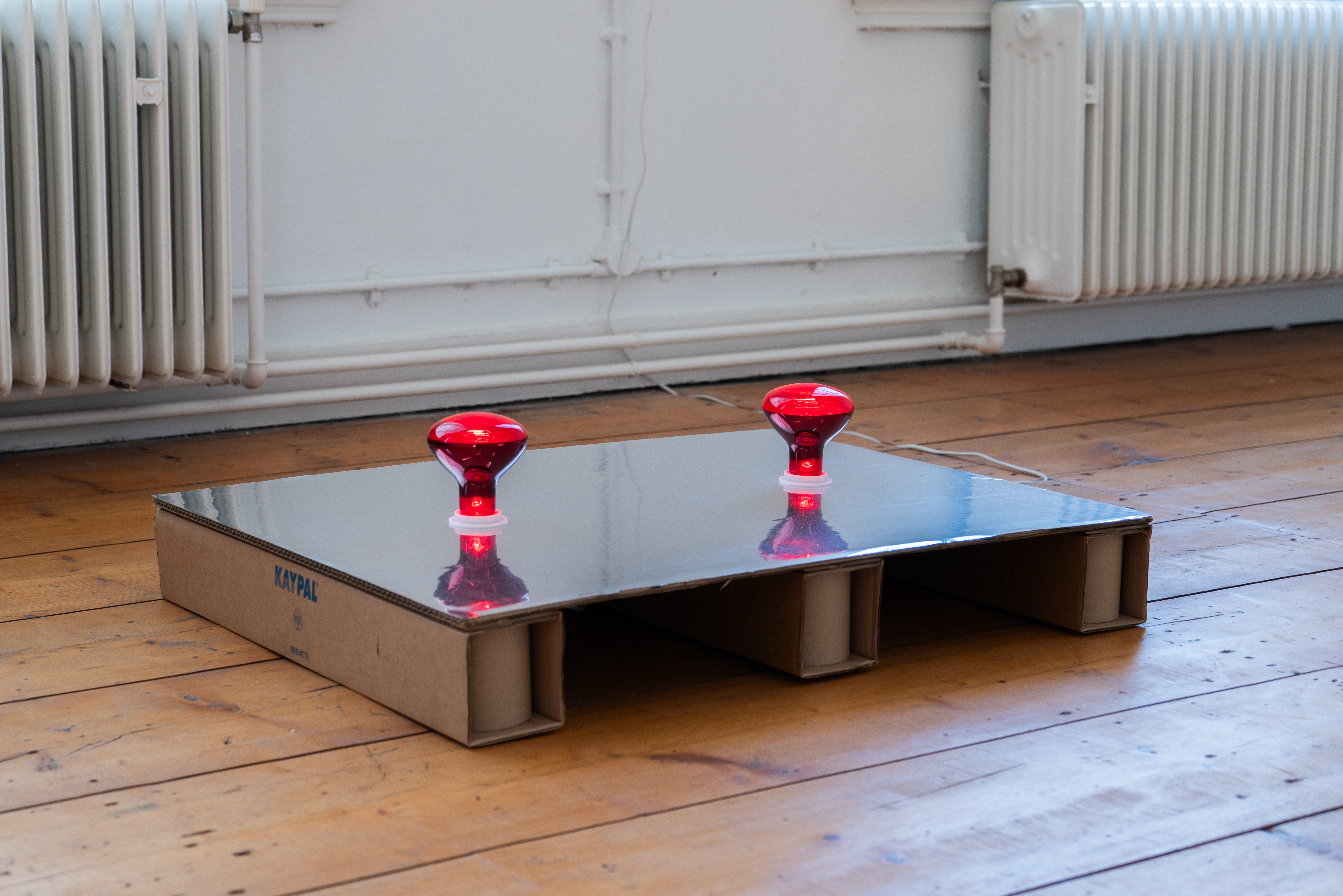
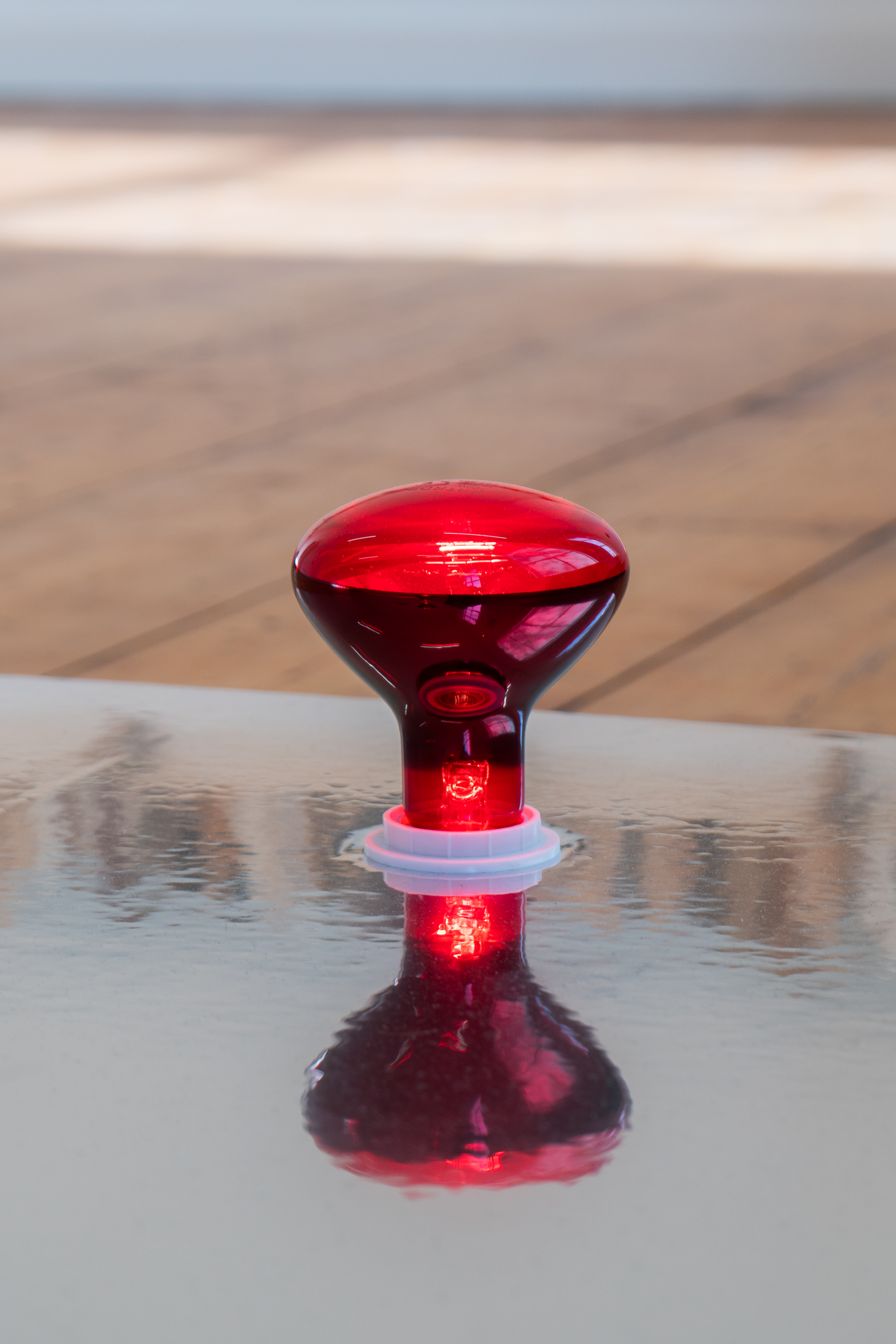


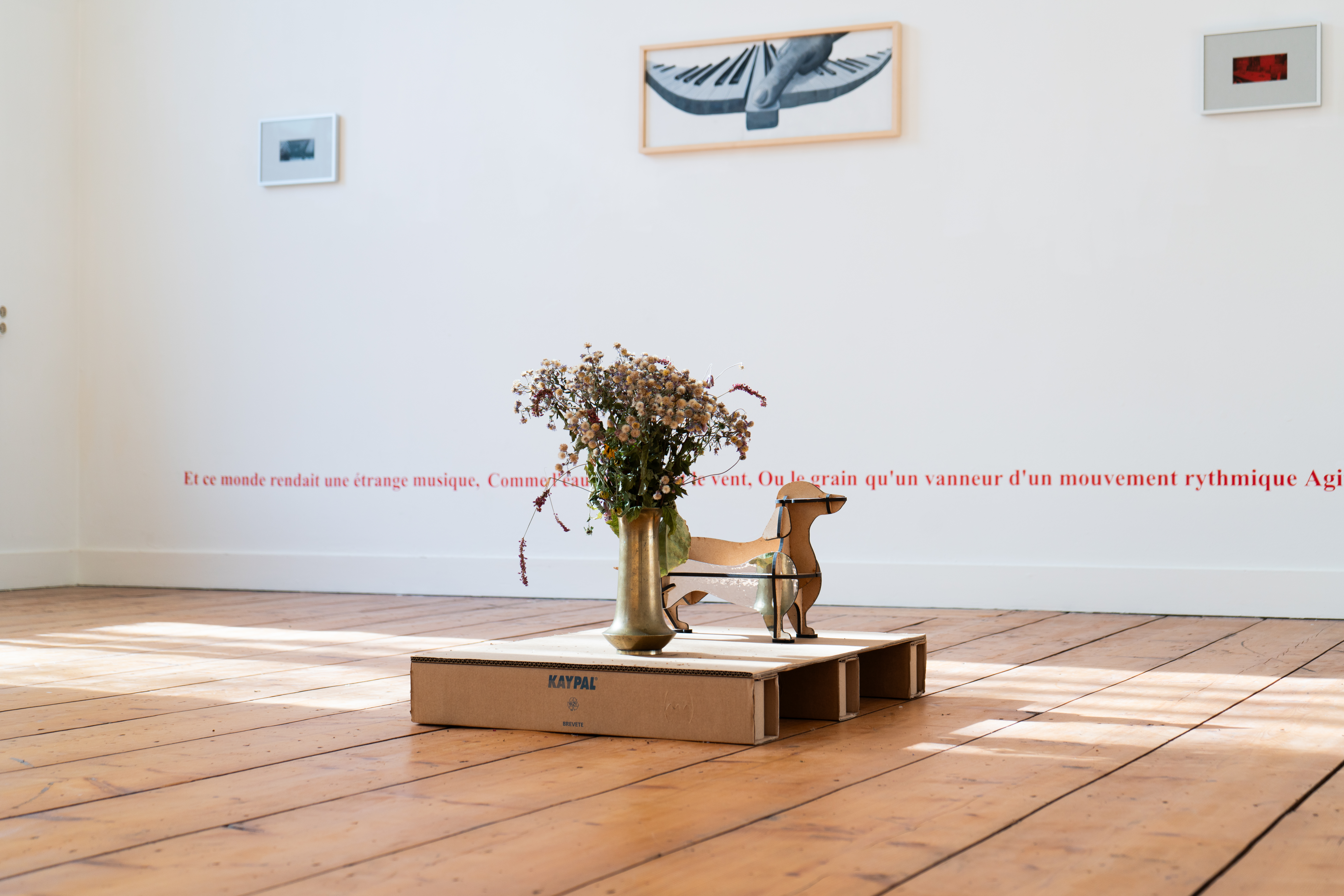

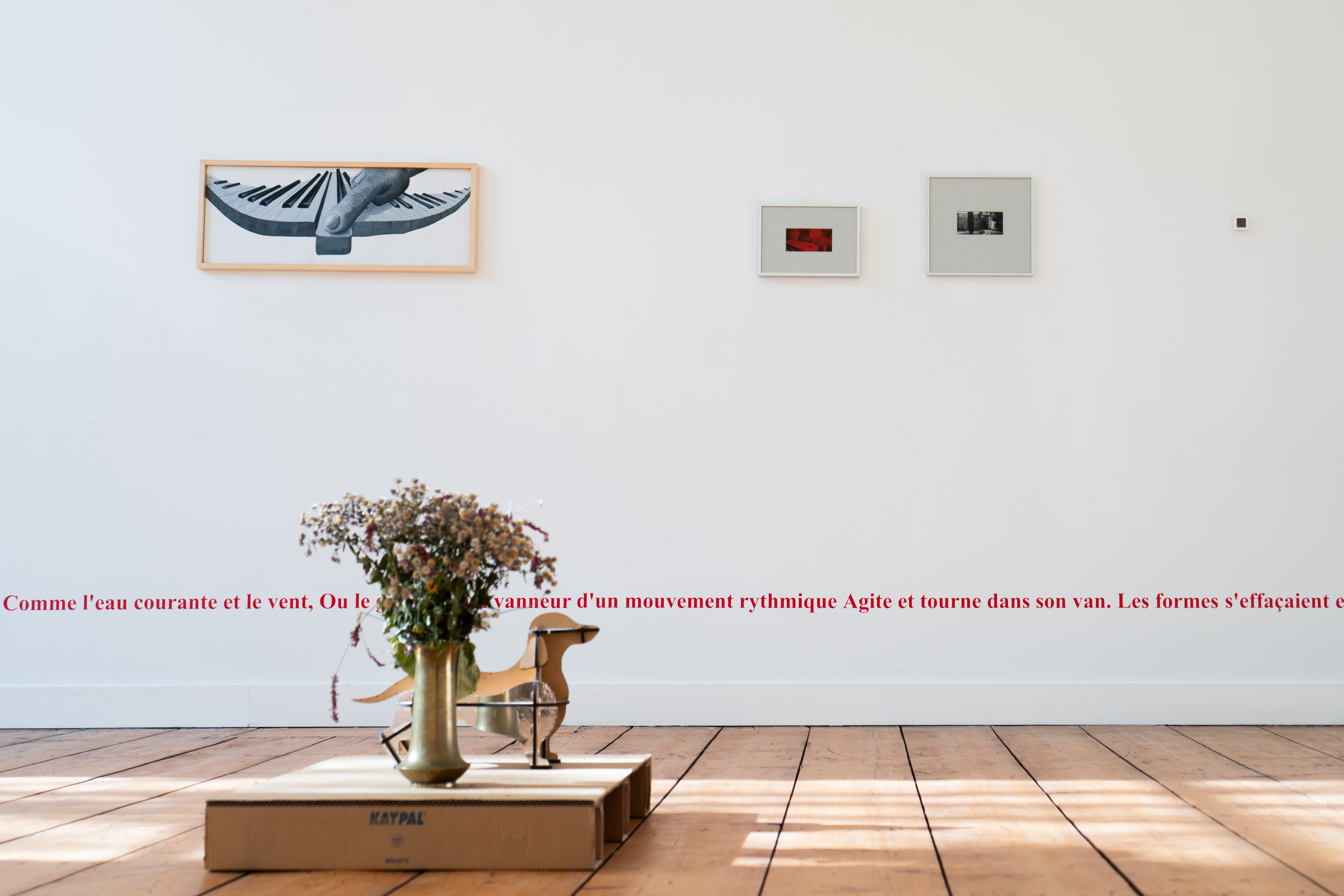


For the SWAB Art Fair 2025 in Barcelona with Pachinko, the artist presents a continuation of his Impressionisms series with seven new works made from flower imprints on birch plywood and acetone transfer. The earlier pieces, created with wildflowers collected in Copenhagen’s urban meadows in the summer of 2024, are here followed by a series that uses bouquets purchased from CPH Markets, a wholesale centre for agriculture and floriculture. Each bouquet is documented with its trade name and country of origin, inscribing into the works the otherwise hidden trajectories of cut-flower circulation. Before the imprinting process, the birch plywood is treated with alum, a mordant that prepares the surface to better absorb pigments. Onto these prepared panels, flowers from Ecuador, Kenya, the Netherlands, and Germany are pressed, releasing their colours directly into the wood. The surfaces are further layered with acetone transfers of grid-like structures, evoking the speculative logic of maps, borders, and the territorialisation of land. What remains is not a representation of flowers but the flowers themselves consumed: their pigments absorbed, their forms dissolved, their presence lingering only as stain and absence.
The series also confronts a gap in visibility. In Europe, cut flowers are sold without any obligation to disclose their origin. Unlike food, floriculture is exempt from origin labelling under EU law (Regulation (EU) No 1308/2013). Instead, trade is governed through plant passports for phytosanitary control (Regulation (EU) No 2016/2031), designed to regulate health but not to inform consumer choice. This system renders the origins of cut flowers opaque: when a rose or tulip is purchased, the fact that it has travelled from Kenya, Ecuador, or the Netherlands remains concealed. Within the works, this erasure is inverted—the flowers name themselves through pigment, making the panels into vessels that both carry and are imbued with the landscapes from which they came. The title Impressionism signals not a stylistic reference but the literal act of imprinting, recalling Monet’s poppy fields where painting became a carrier of place and atmosphere. Here, the field is reconfigured: the flowers do not depict but impress themselves, leaving ghostly traces across industrial birch panels. These traces point both to the poetry of vanishing meadows and to the persistence of international trade that continues to displace them.
The works occupy a spectral zone. They echo the ghost of a flower field—half presence, half disappearance—while also laying bare the infrastructures of commerce that shape their circulation. They suggest that the field, whether agricultural, economic, or poetic, is not stable but fugitive, always shifting between memory, material, and trade. Rather than proposing a new kind of flower painting, the series turns painting inside out. It lets the field inscribe itself through pigment and absence, reminding us that even in disappearance, landscapes continue to leave their mark.
R Gr Freedom (Ecuador), 2025
Acetone print and flower impression on birch plywood.
600x210 mm
Rosa Large Diya’s Fire (Kenya), 2025
Acetone print and flower impression on birch plywood.
600x210 mm
Untitled (Water body), 2025
Acetone print and vinyl on birch plywood.
600x210 mm
Acetone print and flower impression on birch plywood.
600x210 mm
Rosa Large Diya’s Fire (Kenya), 2025
Acetone print and flower impression on birch plywood.
600x210 mm
Untitled (Water body), 2025
Acetone print and vinyl on birch plywood.
600x210 mm
Callis Mats Pink (Germany), 2025
Acetone print and flower impression on birch plywood.
600x210 mm
Delph En Atlantis (Netherlands), 2025
Acetone print and flower impression on birch plywood.
600x210 mm
Di St Golem (Ecuador), 2025
Acetone print and flower impression on birch plywood.
600x210 mm
Acetone print and flower impression on birch plywood.
600x210 mm
Delph En Atlantis (Netherlands), 2025
Acetone print and flower impression on birch plywood.
600x210 mm
Di St Golem (Ecuador), 2025
Acetone print and flower impression on birch plywood.
600x210 mm
Di St Farida (Netherlands), 2025
Acetone print and flower impression on birch plywood.
600x210 mm
Acetone print and flower impression on birch plywood.
600x210 mm
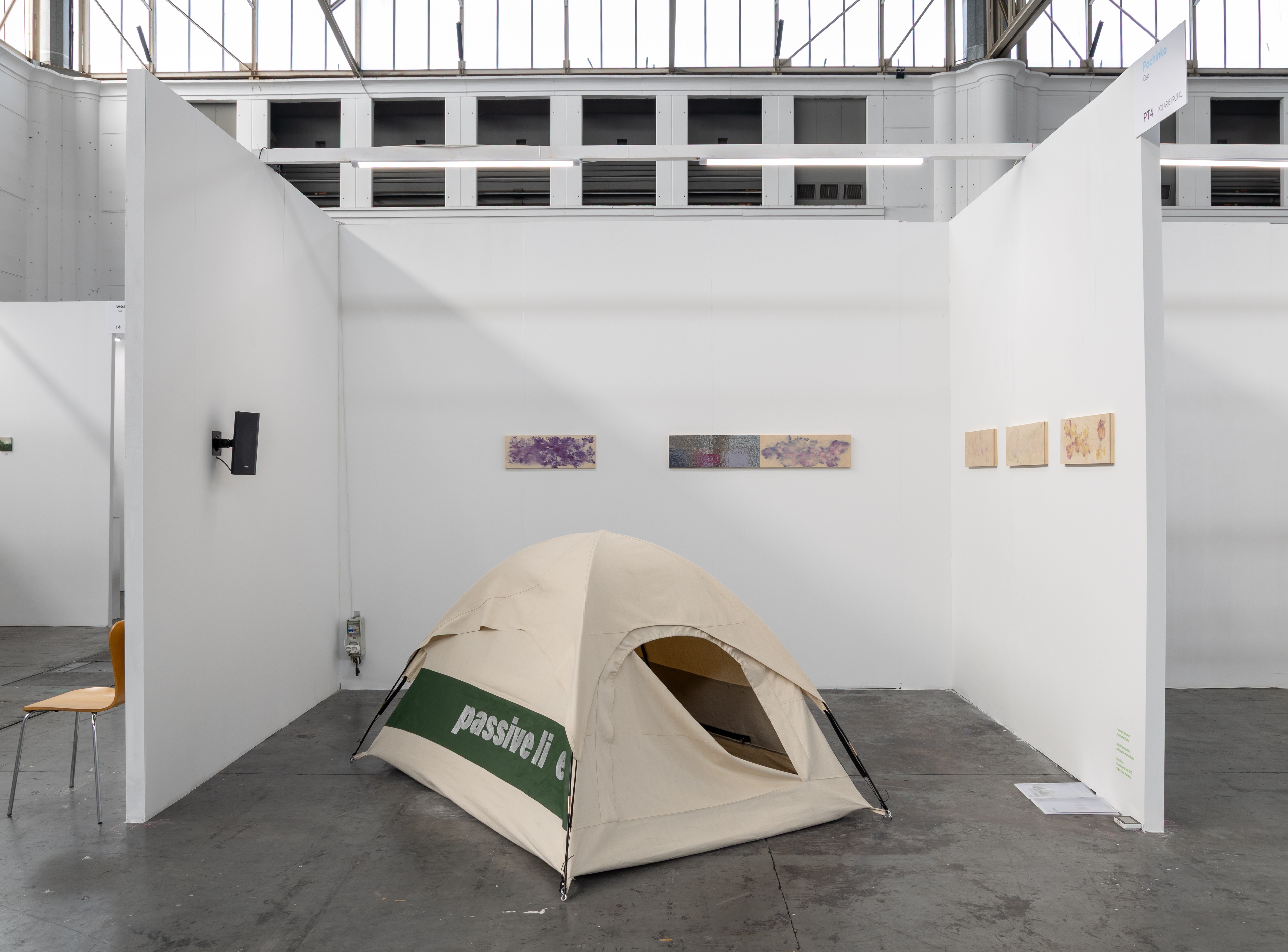



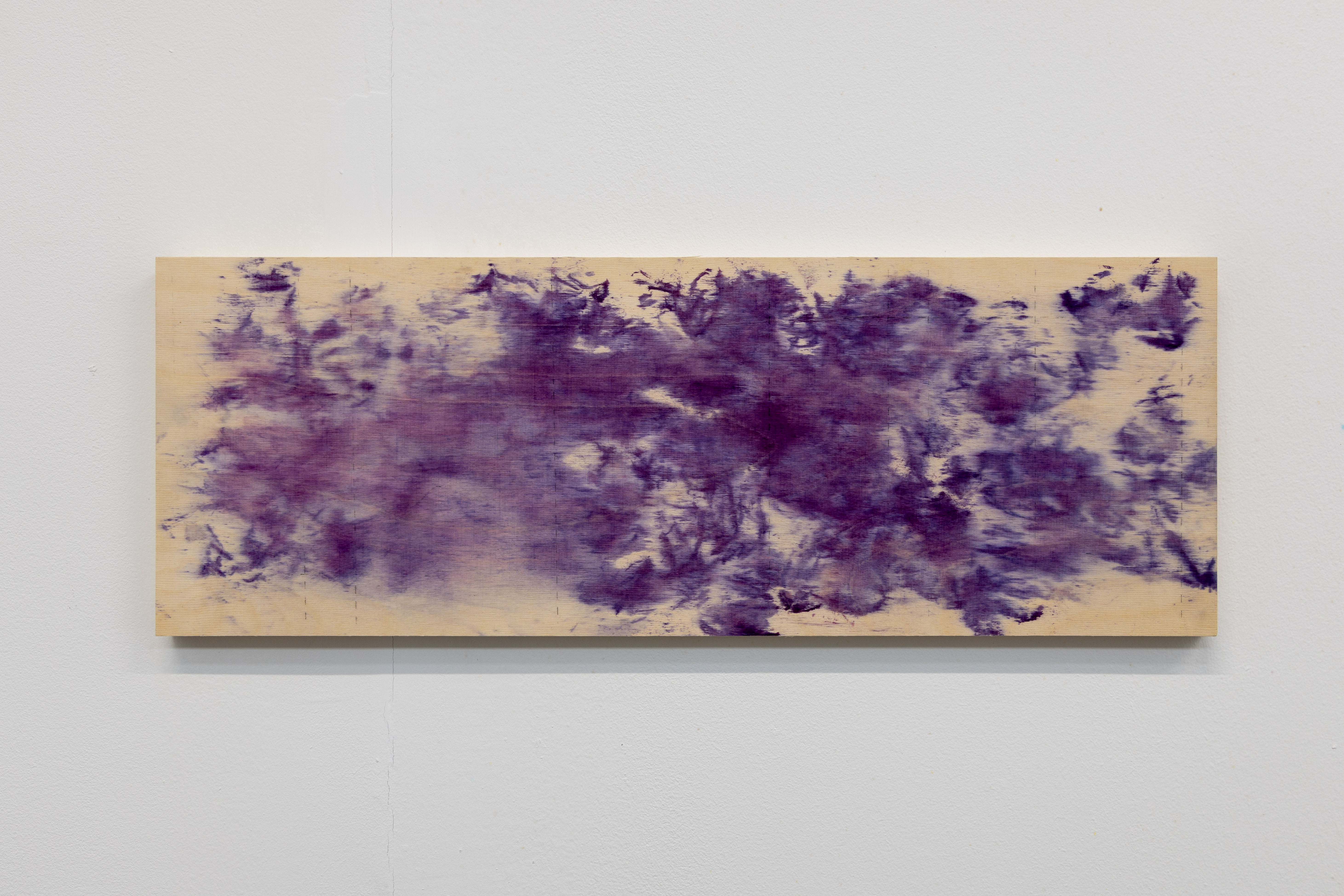
HECTARE
東京都渋谷区神山町40-2 1F
Shibuya, Tokyo. Japan
グループ展 「Biome」
HECTARE is pleased to present the group exhibition Biome, featuring works by Majalis Group (August Hugo and Theodor Nymark), Fukuda Shuhei, Oh Hyunseog, and Theodor Nymark.
This exhibition brings together four artists from Japan and abroad to explore the complex relationship between nature and artificiality through a post-anthropocentric perspective on time and scale.
August Hugo @augusthugo_
福田 周平 @shuhei.199431
Oh Hyunseog @ohhyunseog
Theodor Nymark @t____n97
2025. 8.8 (Fri) ー 8.31 (Sun)
13:00 - 19:00 / Closed on Monday, Tuesday
*Opening reception 8.8 (Fri) 18:00 - 21:00
The photographic series is a recent continuation of a body of work influenced by the Pictorialist movement of the late 19th century. This movement explored not only photography’s role in art at the time but also the ‘blurry’ or unsharp image and its relationship to themes of ecology, industry, and spirituality. The methodology of blurring the content is an intent to resist direct representation, shifting meaning from the rational toward abstraction. The framed works at Hectare for the Biome exhibition are iPhone photographs with digitally applied Gaussian blur, created during a residency at the Danish Institute in Rome. Most depict Piazza Campo de’ Fiori—literally “Field of Flowers”—which was once a meadow in ancient Rome. Although its name recalls this floral past, the square gradually evolved into a public space known for executions, commerce, and daily life.
The wall text is an excerpt from the poem A Carcass in Les Fleurs du Mal (The Flowers of Evil), Charles Baudelaire’s seminal 1857 collection. In A Carcass (Une Charogne), the speaker recalls walking with his lover when they encounter the decomposing body of an animal. Described in vivid, almost grotesque detail, the carcass becomes a memento mori—a reminder that the lover, too, will decay. Yet her beauty and essence will live on through his poetry.
